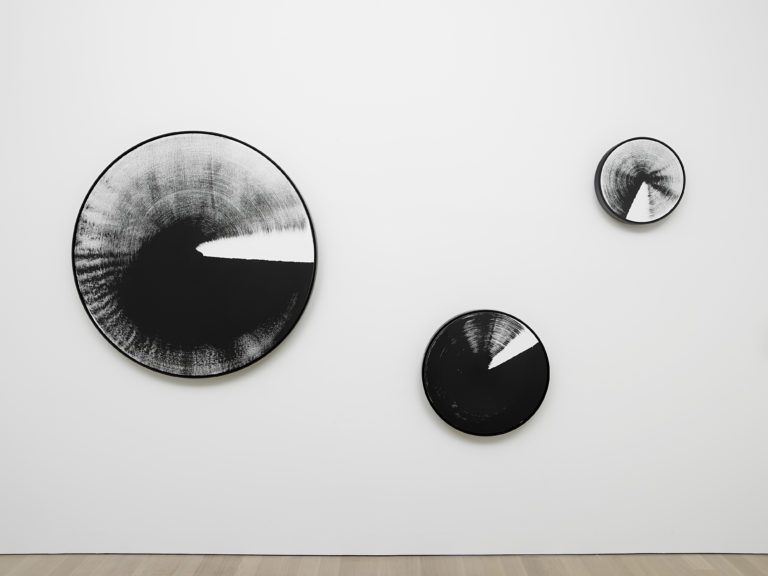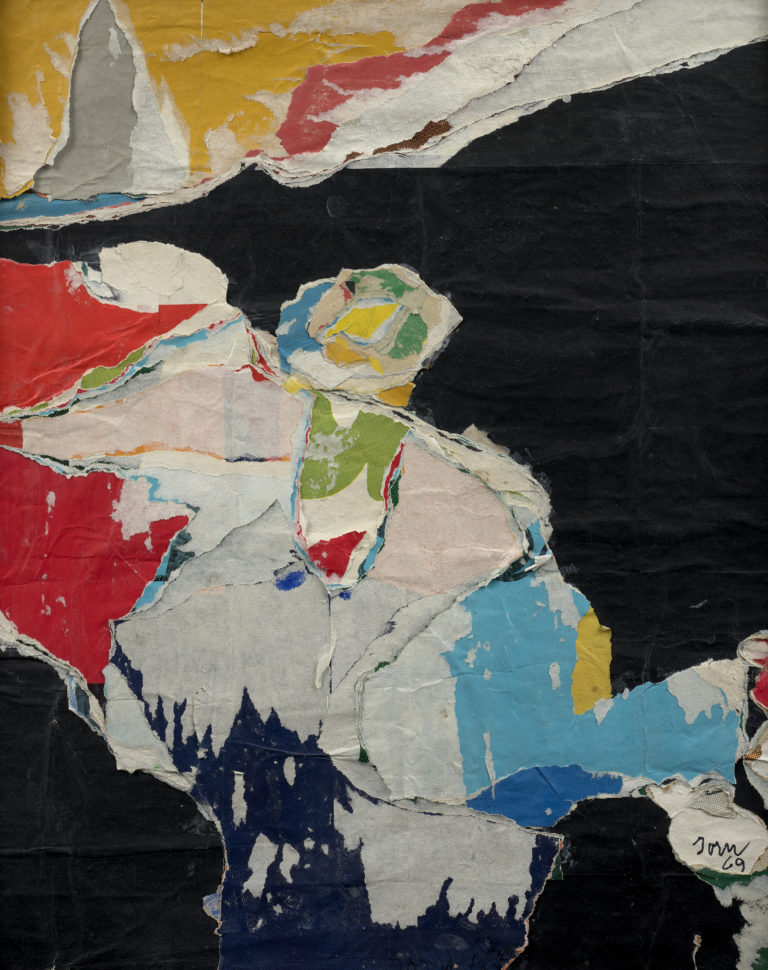Bibliography
Laurence Schmidlin, ‘Le corps prodigieux,’ in Laurence Schmidlin (ed.), Kiki Smith. Hearing You with My Eyes, exh. cat. Lausanne, Musée cantonal des Beaux-Arts, Zurich, Scheidegger & Spiess, 2020: 126.
Helaine Posner, Kiki Smith. Sculpture, exh. cat. Seoul, LeeAhn Gallery, 2015: 14-15.
Mayo Graham and Christine Ross, Kiki Smith, exh. cat. Montreal, Musée des Beaux-Arts, 1996: 25, n. 54.




The human body and its workings, representations, and social status are at the heart of the American artist Kiki Smith’s art. Since the early 1980s, her work has been driven by the urge to understand the body, which remains partially a mystery to us and is the object of many political debates.
Kiki Smith initially described the body based on anatomy books, organ by organ, and then took an interest in skin. The shift to the body’s outer envelope led her to study the body as a whole, particularly in full-length figures in wax, papier mâché or bronze. Rosary lies at the juncture of the two approaches, anchoring her work in the field of sculpture. A female body is depicted in fragmentary form, as ears, a mouth, vulva, anus, and so on, linked by a chain. The unique piece is one of a series of works inspired by charm bracelets, such as Daisy Chain (1992, New York, Whitney Museum of Art), exploring free-form sculpture. The work can be displayed in various ways, on the floor or on the wall, like a necklace.
The title, Rosary, clearly refers to the shape of the object, the bodily fragments representing the beads. The reference to Catholicism is no coincidence. Kiki Smith was brought up a Catholic and has often spoken out against the way the church seeks to dominate and control female bodies. Rosary also refers to a tradition at Vassar College, a private university founded in Poughkeepsie in 1861 for female students. Every year, at the graduation ceremony, sophomore women are chosen to carry a long chain of daisies and laurel on their shoulders, forming a guard of honour for the graduates.